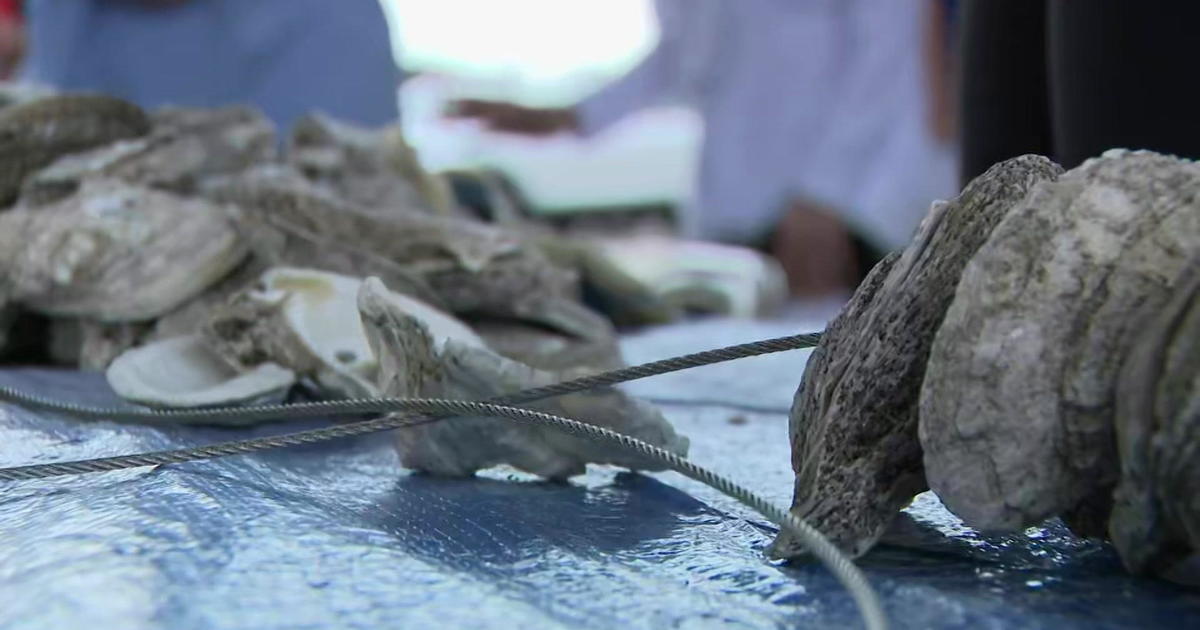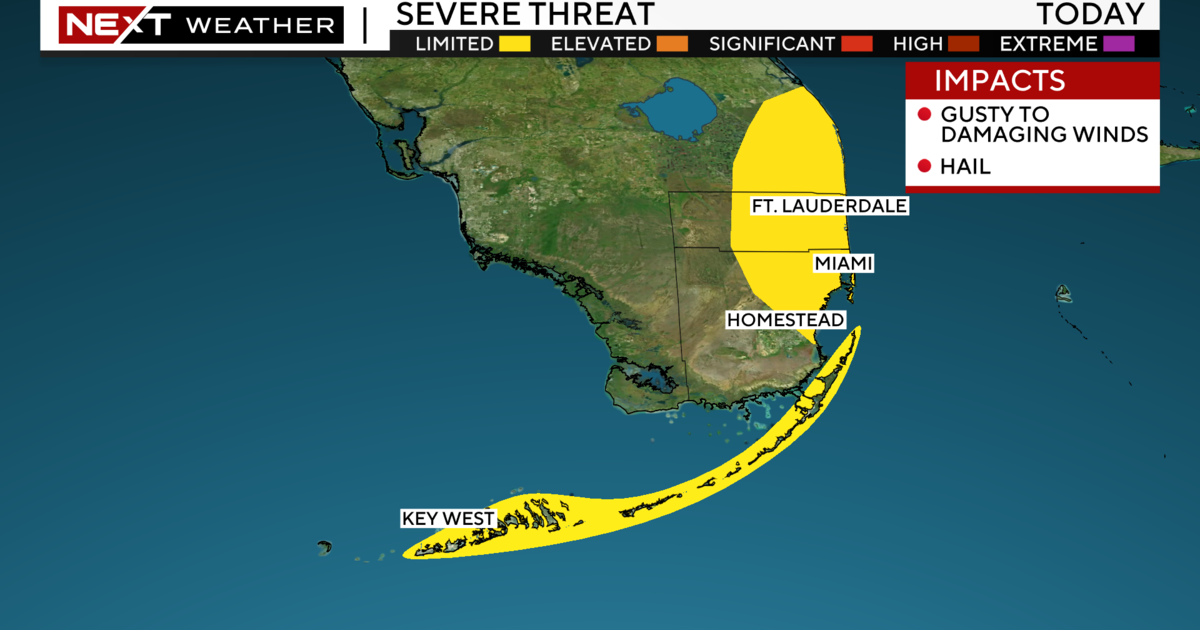Zoo Miami Keepers Scramble To Secure Animals
Follow CBSMIAMI.COM: Facebook | Twitter
MIAMI (CBSMiami/AP) - As Hurricane Irma crept closer to South Florida, zookeepers at Zoo Miami scrambled to secure animals and finish testing emergency equipment.
"We are very concerned about the generators working because we have life system supports, for pumping for the aquarium and things like that," said Zoo Miami communications director Ron Magill, "If they shut down the oxygen doesn't get in the water and animals will die."
Large animals such as lions, elephants, and apes have not been evacuated. Their enclosures were fortified after the north eye wall of Hurricane Andrew decimated the zoo in 1992.
Smaller, more fragile animals such as the zoo's pink flamingos have been relocated to concrete bunkers. But Magill says the moving wild animals poses its own dangers.
"These animals go through a tremendous amount of stress when you move them away from a familiar area that stress could be very very dangerous to them," Magill said adding that the risk of moving some animals is necessary to avoid a repeat of Andrew when the the flamingos were found huddled in a bathroom.
"Please God don't let this be another Andrew. For us that was the storm of a lifetime, not twice in my lifetime please," he said.
Such was the sentiment around Florida on Saturday, where zoos, theme parks, rescue centers and just about anyplace else dealing with animals were bracing for Hurricane Irma's arrival. Five dolphins were moved from the Florida Keys to Central Florida in advance of the storm, but most zoos and the like in the Miami area said they were trying to keep their animals in place and secure from whatever Irma will bring.
Hundreds of thoroughbreds were moved from low-lying areas of Gulfstream Park to other training facilities and barns farther north.
Some animal shelters were relocating dogs and cats to safer facilities, and a humane society near Tampa said it needed temporary foster homes for more than 100 dogs — a necessary move since Irma's track was headed west toward the Gulf side of the peninsula Saturday, more than originally expected.
"We live in a hurricane-prone area so our facilities are designed to accommodate these storms," said Brian Dowling, the general curator at Lion Country Safari in Palm Beach County — a facility with lions, chimpanzees, rhinos and more, all of whom stayed put for the storm. "Obviously, everything can't be hurricane-proof."
Many of the animals under the care of Dowling and his staff are taken to specially built pens, designed to hold up even if nearby buildings were lost in storms or tornadoes. Others are kept more in their usual day-to-day habitat, even with the gates chained open in some cases. The reason for that, Dowling said, is simple: the animals sense when things are going wrong, and raising their own stress levels can complicate matters.
"We allow those animals to decide where they want to go," Dowling said. "It actually reduces the stress level considerably. Their instincts tell them how to ride out the storm."
Facilities like SeaWorld Orlando and Busch Gardens Tampa Bay will have workers on-site at all hours to care for and monitor the animals. SeaWorld also took in the five adult male dolphins from Dolphin Discovery in Duck Key, where officials said they will stay "until they can be safely returned to their home in the Florida Keys."
And it was not just a Florida issue: In Cuba, dolphins wrapped in wet towels were airlifted from the northern part of the island nation to a spot more out of Irma's expected wrath.
Regardless of what Irma does or where it hits, the storm is a reminder of what hurricanes have done to the state's ecosystem.
The damage from Hurricane Andrew in 1992 lingers in Florida's Everglades. The invasive Burmese pythons that researchers say have decimated populations of native mammals are believed to be descended from exotic snake breeding facilities in and around Homestead destroyed by Andrew's winds. Most of the exotic animals that wandered loose in Andrew's wake were recovered, but not the pythons.
The giant constrictor snakes thrived in the wetlands, where only very large alligators can challenge them. It's unknown how many pythons are in the Everglades — estimates range from 10,000 to 100,000 — but the evidence of their presence is the eerie, near-total absence of rabbits or other small animals reported by the hunters now paid by the state to kill pythons on public lands.
(© Copyright 2017 CBS Broadcasting Inc. All Rights Reserved. The Associated Press contributed to this report.)



